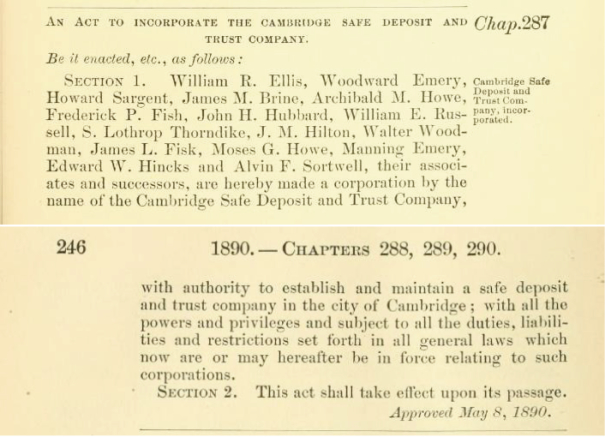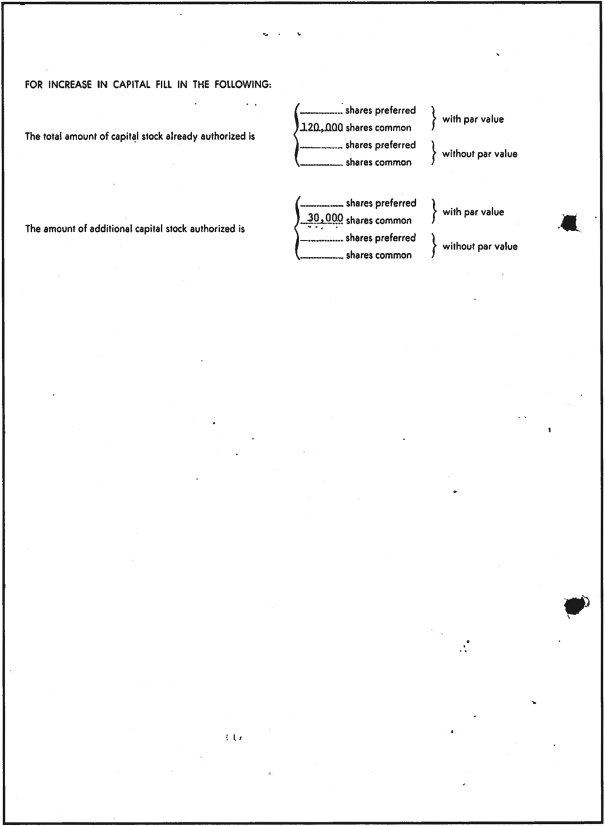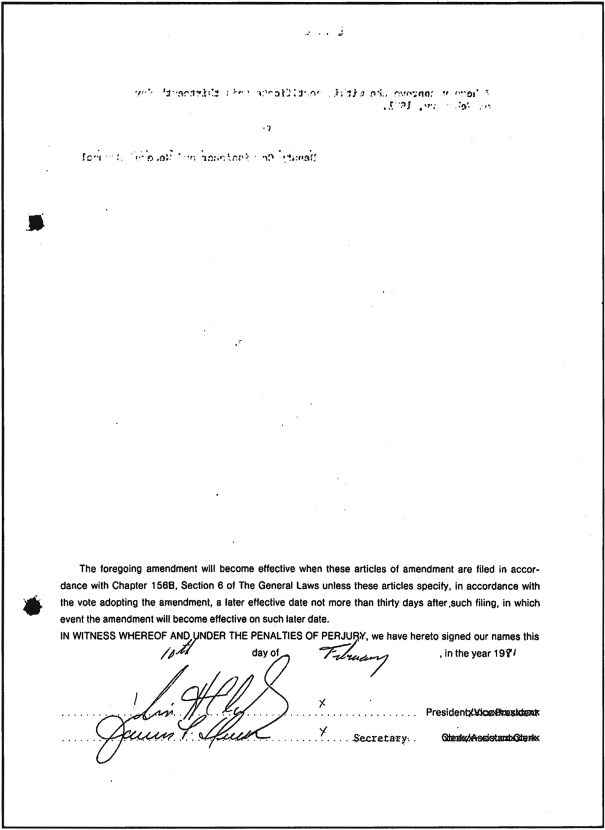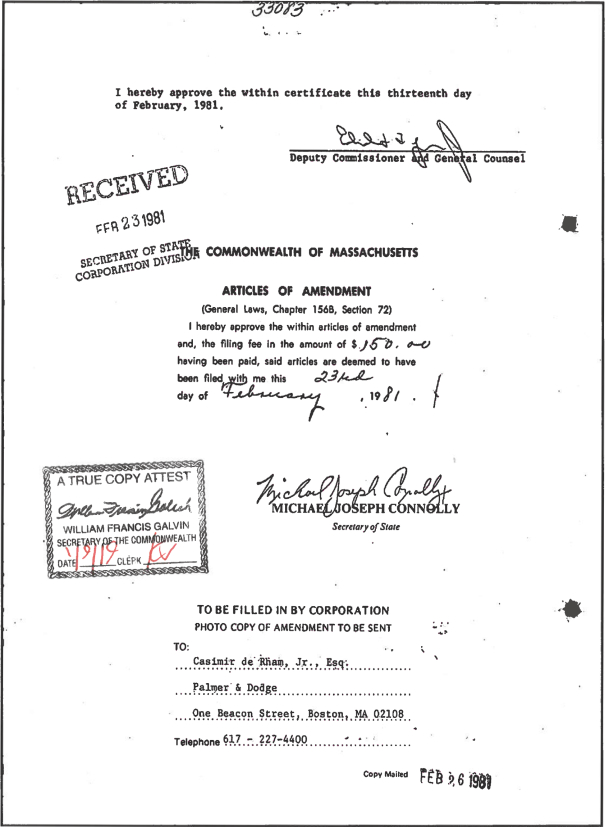The information in this proxy statement/prospectus is not complete and may be changed. We may not sell the securities offered by this proxy statement/prospectus until the registration statement filed with the Securities and Exchange Commission is effective. This proxy statement/prospectus does not constitute an offer to sell or a solicitation of an offer to buy any securities in any jurisdiction where an offer or solicitation is not permitted.
PRELIMINARY—SUBJECT TO COMPLETION—DATED JANUARY 22,FEBRUARY 1, 2019
 | 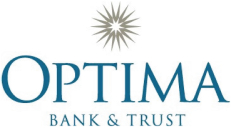 |
Proxy Statement/Prospectus
MERGER PROPOSED—YOUR VOTE IS VERY IMPORTANT
On December 5, 2018, the boards of directors of Cambridge Bancorp, or Cambridge, Cambridge’s wholly-owned subsidiary, Cambridge Trust Company, and Optima Bank & Trust Company, or Optima, each approved a merger agreement among Cambridge, Cambridge Trust Company and Optima, pursuant to which Optima will merge with and into Cambridge Trust Company, with Cambridge Trust Company surviving the merger.
Optima is holding a special meeting for its shareholders to vote on the merger agreement. The special meeting of shareholders will be held at the Portsmouth Country Club, 80 Country Club Lane, Greenland, New Hampshire 03840 on ,March 14, 2019, at 4:00 p.m., local time. The board of directors of Optima recommends that all shareholders vote “FOR” approval of the merger agreement. The merger cannot be completed unless a majority of the shares of Optima common stock present in person or represented by proxy and entitled to vote at the special meeting vote to approve the merger agreement.
If the merger is completed, Optima shareholders will be able to elect to receive either (i) $32.00 in cash, or (ii) 0.3468 shares of Cambridge common stock for each share of Optima common stock they own, on the effective date of the merger, subject to allocation and proration procedures that are intended to ensure that 95% of the total number of Optima shares outstanding immediately prior to the effective time of the merger will be exchanged for stock, and the remaining Optima shares will be converted into cash. Optima shareholders will also receive cash in lieu of any fractional shares they would have otherwise received in the merger.
Under the terms of the merger agreement, in the event that the average daily closing price of Cambridge common stock for a specified period prior to the closing is less than $68.49 per share and the decrease in the price of Cambridge’s common stock is more than 20% greater than the decrease in the NASDAQ Bank Index over the same period, Optima has the right to terminate the merger agreement, provided that Cambridge has the option to increase the amount of Cambridge common stock issuable to Optima shareholders by a formula-based amount set forth in the merger agreement to prevent such termination.
The precise consideration that Optima shareholders will receive will not be known at the time that Optima shareholders vote on the proposal to approve the merger agreement or make an election as to the type of consideration that they would like to receive in the merger. On December 4, 2018, which was the last trading day preceding the public announcement of the proposed merger, the closing price of Cambridge common stock was $85.61 per share, which after giving effect to the exchange ratio has an implied value of $29.69 per share. On , 2019, which was the most recent practicable trading day before the printing of this proxy statement/prospectus, the closing price of Cambridge common stock was $ , which after giving effect to the exchange ratio, has an implied value of approximately $ per share.
The market price of Cambridge common stock will fluctuate between now and the closing of the merger. We urge you to obtain current market quotations for Cambridge common stock before you vote. Cambridge common stock is listed on the NASDAQ Stock Market under the symbol “CATC”. Optima’s common stock is not listed on any national securities exchange or quoted on any interdealer quotation system.
Your vote is important regardless of the number of shares you own. Whether or not you plan to attend the shareholder meeting, please take the time to vote by completing and mailing the enclosed proxy card as soon as possible to make sure your shares are represented at the shareholder meeting. If you submit a properly signed proxy card without indicating how you want to vote, your proxy will be counted as a vote “FOR” each of the proposals being voted on at the shareholder meeting. The failure to vote by submitting your proxy or attending the shareholder meeting and voting in person will have no impact on the proposal.
This document serves as the proxy statement for the special meeting of Optima and the prospectus for the shares of Cambridge common stock to be issued in connection with the merger, and describes the shareholder meeting, the merger, the documents related to the merger and other related matters. We encourage you to read this proxy statement/prospectus in its entirety, including the documents attached as appendices and the section titled “Risk Factors” beginning on page 27.
Neither the Securities and Exchange Commission nor any state securities commission or bank regulatory agency has approved or disapproved of the securities to be issued in the merger or determined if the attached proxy statement/prospectus is accurate or adequate. Any representation to the contrary is a criminal offense.
The shares of Cambridge common stock to be issued in the merger are not savings accounts, deposits or other obligations of any bank or savings association and are not insured by any federal or state governmental agency.
This proxy statement/prospectus is dated , 2019, and is first being mailed to Optima shareholders on or about , 2019.




